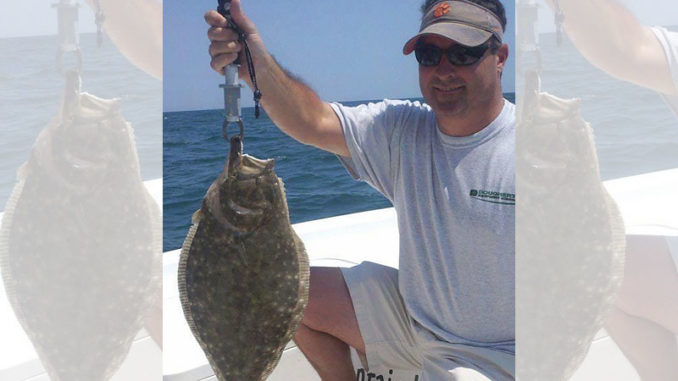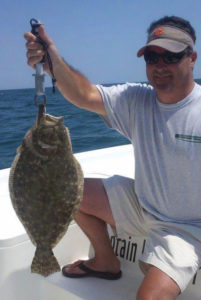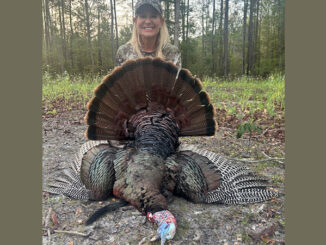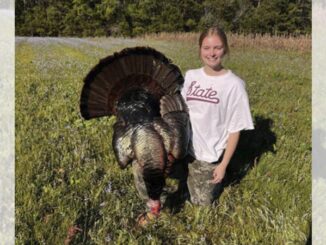
Heat pushes Murrells Inlet flounder to nearshore reefs
Creeks and sounds produce good fishing all year for a wide variety of finned favorites. But the summer heat can make the inshore bite wane for certain species, including the flounder that many coastal anglers covet.
Hotter weather brings diehard flounder anglers out of the estuaries and off the white, sandy beaches. And the waters off South Carolina’s Murrells Inlet lure those fishermen and flounder alike.
In Murrells Inlet, the inshore flounder bite takes off in April, and peaks around the first of June. It quickly falls off as the rising water temperatures shift the better bite into the ocean.
Because of an abundance of nearshore reefs and other structures outside of Murrells Inlet, anglers in small boats have ample opportunities to find places to target doormat-size flatties. Livebottoms, reefs and ledges become the summer haunts for flounder and ground zero for anglers. Justin Witten of Ambush Sport Fishing keeps his clients in steady flounder action within a short ride from the Murrells Inlet jetties.
“The hotter temperatures push flounder into nearshore places around structure,” said Witten (843-685-9910). “Doesn’t matter what kind of structure, either. Ledges, livebottom, wrecks, and reefs. Any kind of structure will hold flounder in summer.
“Flounder are schooled up at the reefs and can be quite aggressive. The water is cleaner, and they will eat about anything that comes by.”
Live bait is king, but cut bait works too
Flounder eat a wide assortment of forage species, including small fish and shrimp. Witten generally fishes live bait for ocean flounder, sinking it to the bottom with a standard Carolina rig.

“Any kind of live bait will work,” he said. “I usually bring mullet, menhaden or mud minnows, but cut bait will also catch flounder. It makes no difference. They will eat just about anything you drop down there. The flounder are more aggressive at the reefs as opposed to inshore. There are tons of sea bass out there and with the extra competition, they eat the baits quicker.”
Witten’s Carolina rig consists of an egg sinker between ¾- and 1½-ounce, a No. 2 to 1/0 J-hook and a 12-inch mono or fluorocarbon leader tied to a barrel swivel below the weight. He will use heavier sinkers to make sure larger baits get to the bottom.
According to Witten, flounder will typically concentrate around the structure, but they can also be just away from the structure on the perimeter, lying along the sandy sea floor. He will anchor up on top of the structure and fan-cast away from the structure, retrieving his bait back towards the boat.
“We have more numbers of bigger fish off the reefs in the summer; a 5- to 7-pound average is common,” he said.





Be the first to comment